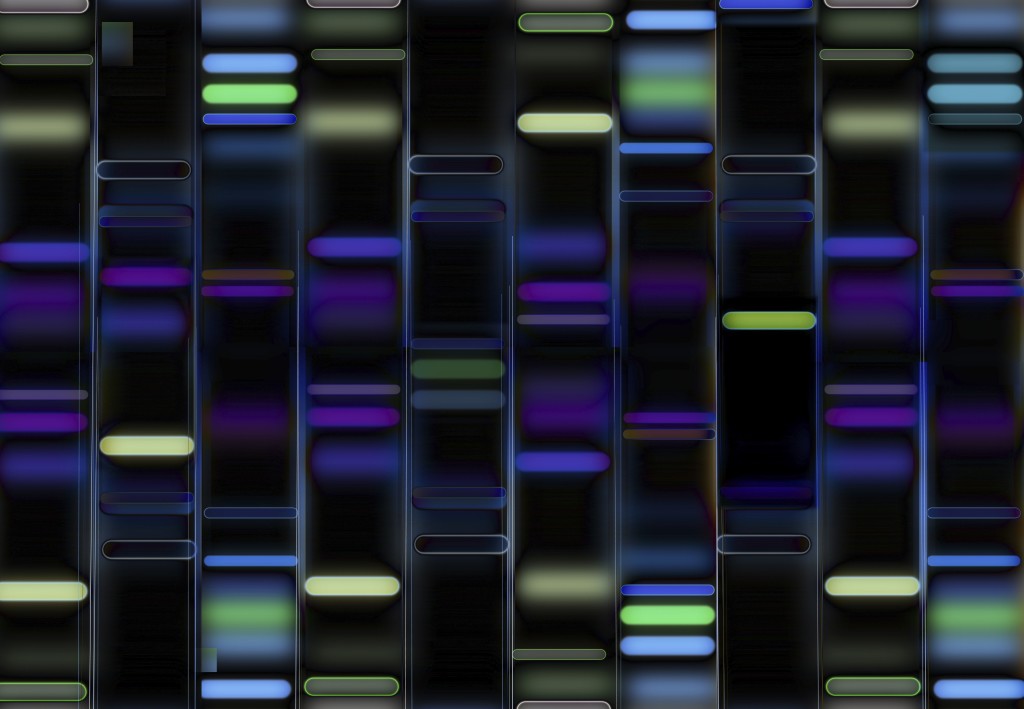 Much of the work to assess biodiversity involves counting; counting the number of individual organisms, measuring the size of populations at different sites or measuring the size or weight of individuals. The classical estimation methods are very useful, and in DURESS we have spent an estimated 6000 hours identifying, weighing measuring invertebrate and fish samples over the past two years. But we were also keen to test other measurements of biodiversity, the most elemental of which is genetic diversity, which enables species to adapt to change over time.
Much of the work to assess biodiversity involves counting; counting the number of individual organisms, measuring the size of populations at different sites or measuring the size or weight of individuals. The classical estimation methods are very useful, and in DURESS we have spent an estimated 6000 hours identifying, weighing measuring invertebrate and fish samples over the past two years. But we were also keen to test other measurements of biodiversity, the most elemental of which is genetic diversity, which enables species to adapt to change over time.
We have been using molecular analyses to identify species that we cannot otherwise easily tell apart, such as many microbes. But we have also used the information contained in the DNA of each individual to try and understand what makes some populations more resilient to change than others. DURESS focuses on organisms that play a major role in river ecosystem services; brown trout that contribute to fisheries and recreational fishing, dippers that are valued by nature-lovers and invertebrates involved in decomposition and water quality. Our first results show that Welsh invertebrates are very good at jumping between populations, maintaining high levels of genetic diversity and resilience, but that populations living at the highest altitude tend to be more isolated and may require special conservation attention, an important result given they are generally found in our National Parks.
